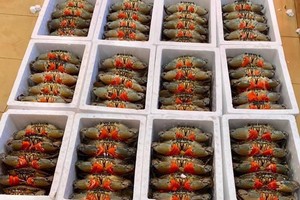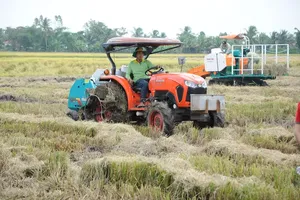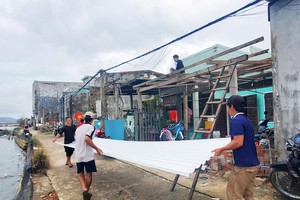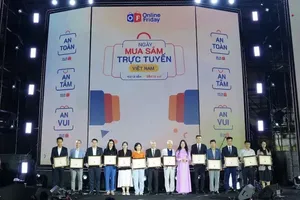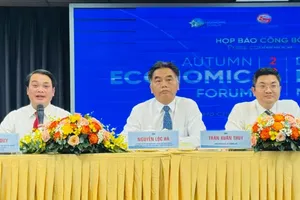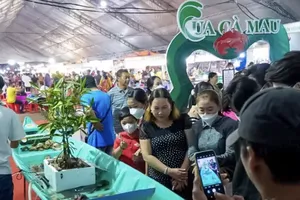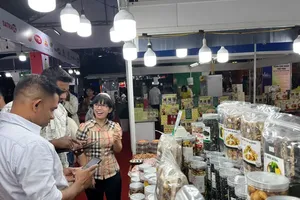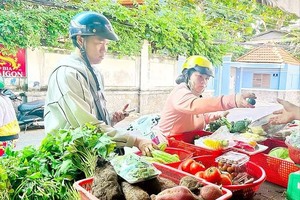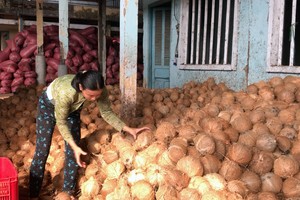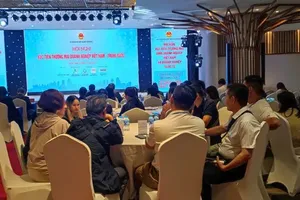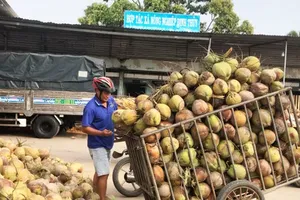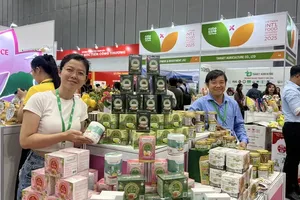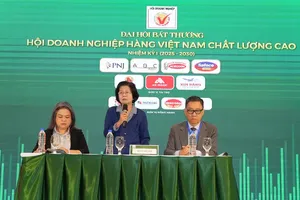The event marked a significant advance in regional linkages between Vietnam’s leading metropolis and the southernmost province.
Speaking at the conference, Vice Chairman of the HCMC People's Committee Nguyen Van Dung emphasized that the city is pursuing a double-digit growth strategy in which regional cooperation plays a decisive role. By strengthening ties with surrounding localities, HCMC aims to establish fully integrated supply chains—from raw materials and manufacturing to logistics, consumption, and tourism. Within this strategy, Ca Mau is regarded as a strategic partner given its strengths in the marine economy, renewable energy, and high-tech agriculture, especially after the proposed administrative consolidation of Ca Mau and Bac Lieu.

Ca Mau Party Secretary Nguyen Ho Hai outlined the province’s development vision for 2025–2030, focusing on transport and logistics infrastructure, marine economic expansion, renewable energy, clean agriculture, and eco-tourism. He highlighted several flagship projects now being accelerated to reinforce regional integration, including the Can Tho–Ca Mau Expressway, the Ca Mau–Dat Mui route, the Hon Khoai Island connector, and the Hon Khoai Dual-purpose General Port.
At the conference, Vice Chairman of Vietnam Chamber of Commerce and Industry (VCCI) Vo Tan Thanh underscored Ca Mau’s unique natural advantages, unmatched by any other region in the country. To unlock its full potential and become a new growth pole of the Mekong Delta, he said the province must deploy synchronized breakthroughs, starting with regional transport and logistics. Ensuring seamless connectivity between Ca Mau and major seaports, airports, and economic hubs—especially the linkage to Hon Khoai Port, envisioned as an international transshipment center—must be the top priority.
Mr. Vo Tan Thanh also stressed the need to enhance energy infrastructure and systematically develop wind, solar, and LNG power to position Ca Mau as a national renewable-energy hub. He added that administrative reform, improved transparency, and a more favorable investment climate, combined with strengthening the private sector—particularly small and medium-sized enterprises—would be essential for integrating into global supply chains and attracting sustainable investment.
Beyond expert assessments, the conference featured several major investment proposals. SK Group presented its plan for a Specialized Energy and Industrial Cluster (SEIC) in Ca Mau, encompassing LNG facilities, renewable-energy projects, logistics, and high-tech agricultural and aquaculture processing. T&T Group proposed developing the Ca Mau–Bac Lieu Expressway under a public-private partnership and outlined an initiative to build a port-based urban complex on Hon Khoai Island—an ambitious project expected to become a new growth engine for Vietnam’s southernmost region.
In addition to strategic infrastructure and energy investments, leaders from HCMC and Ca Mau highlighted opportunities for deeper cooperation in trade, services, tourism, and the development of OCOP specialty products. As the country’s largest economic and financial hub, HCMC is committed to supporting Ca Mau businesses through trade promotion, supply-demand matching, and expanded access to modern distribution networks. With growing market demand for clean foods, green products, and high-value processed goods, HCMC is expected to serve as a strategic consumption market for Ca Mau’s key commodities.

Concluding the conference, Ca Mau’s leadership pledged to provide maximum support for investors and to accompany them throughout project implementation. The province also called on HCMC to maintain regular coordination mechanisms to monitor and accelerate the progress of bilateral cooperation agreements.
Ca Mau hopes to position HCMC as a long-term strategic partner in harnessing marine resources, developing energy and high-tech agriculture, and expanding services and tourism—laying the groundwork for a new growth pole in the Mekong Delta.
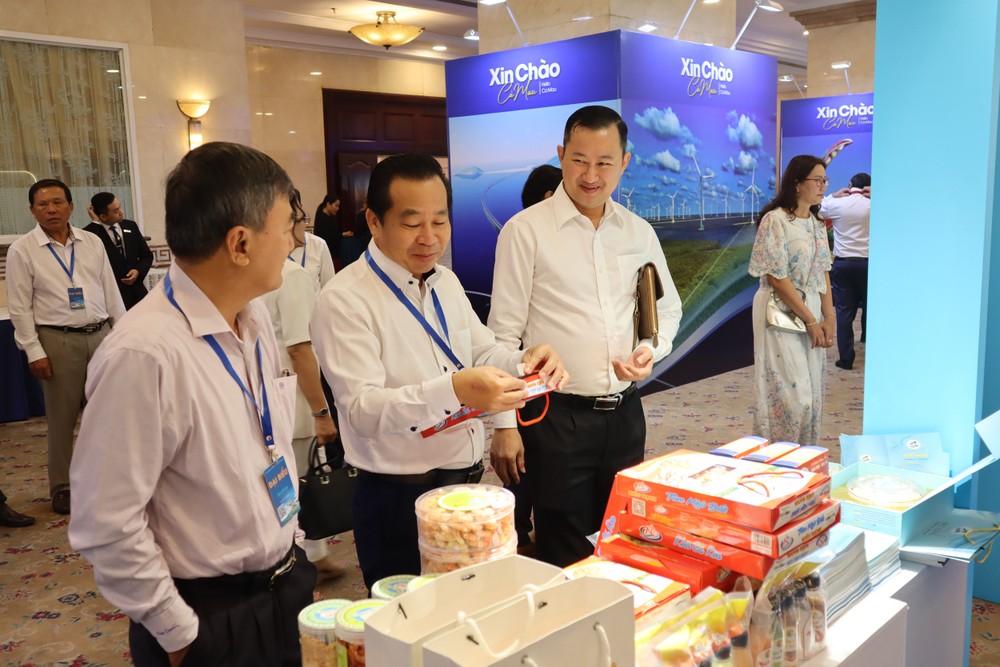
According to the Ca Mau Party Secretary, the province is prioritizing investment across six key sectors to establish new growth drivers. Logistics, transportation, seaports, and aviation infrastructure remain central to deepening regional and international connectivity. At the same time, Ca Mau is pushing renewable and clean energy development, expanding high-tech aquaculture, advancing deep-processing industries, and promoting eco-tourism, marine tourism, and the formation of tourism-driven urban centers. The province also encourages green and circular-economy projects tied to ecosystem conservation, while identifying digital transformation, digital-infrastructure development, and smart-city construction as strategic pillars for boosting competitiveness and attracting high-quality investors.
